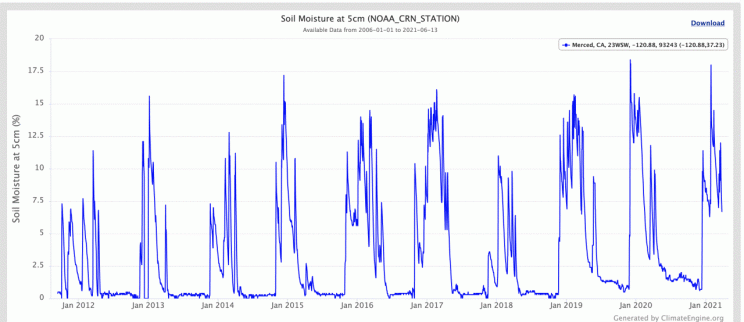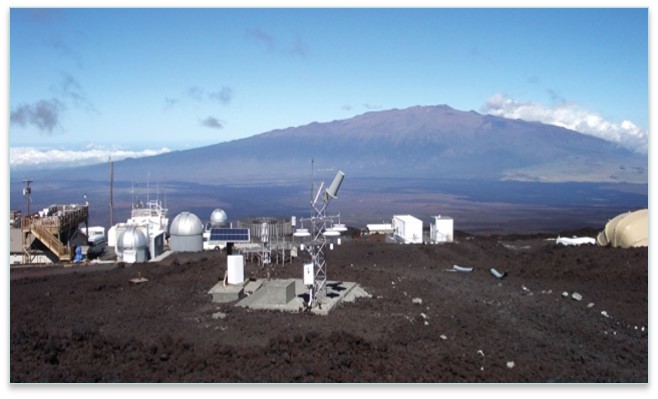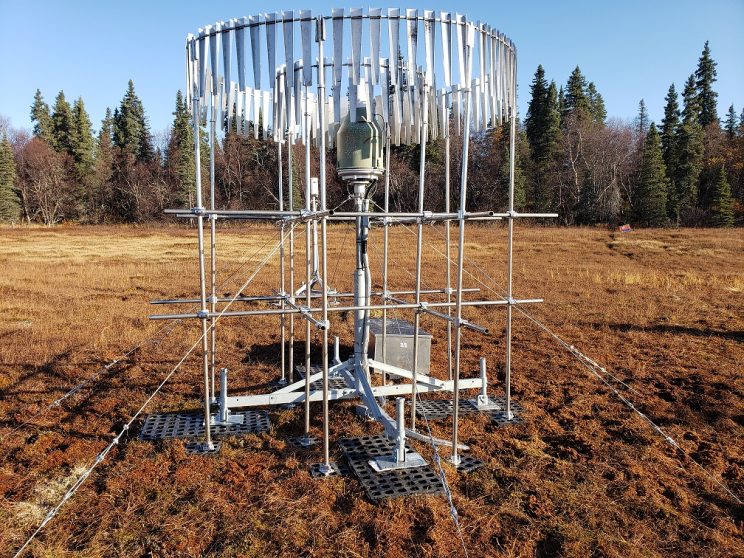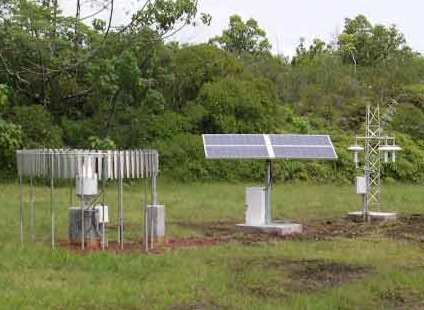US Climate Reference Network
Changes in the climate can influence economic prosperity, national security, and human and environmental health. Businesses, citizens, communities, governments, and international organizations need accurate and high quality meteorological observations and forecasts to assess and adapt to current and potential threats associated with climate variability.
ARL has a long-term partnership with the NOAA National Centers for Environmental Information (NCEI) to operate and maintain the U.S. Climate Reference Network (USCRN). This network provides long-term robust observations necessary to document climate trends for the United States. The USCRN provides high quality, reference-grade measurements of critical climate measures such as air temperature, precipitation, winds, land surface temperature and solar radiation. ARL’s activities focus on:
- advancing the quality and quantity of reference observations;
- evaluating select observing systems for their ability to satisfy ongoing and evolving climate requirements;
- improving the understanding of air-surface interactions; and
- analyzing long-term observational datasets and models to understand climate variability and change.
ARL manages, operates and maintains USCRN’s 143 stations, which includes 143 stations in the lower 48 (114); Alaska (25); Hawaii (2), and (2) in Canada. These stations provide long-term robust climate observations necessary to document climate trends in the U.S. The network is now entering its third decade of service, having begun initial operations in 2002.
Researchers at ARL’s Atmospheric Transport and Diffusion Division install and provide extensive evaluations and maintenance of the instruments and infrastructure for the USCRN. Additionally, ARL conducts energy, water and greenhouse gas flux measurements and analyzes their relationships. A predictive understanding of the surface energy budget and related feedbacks is critical to the understanding of climate forcing factors at the land surface and the ability to credibly predict future conditions, especially those related to water resources.







